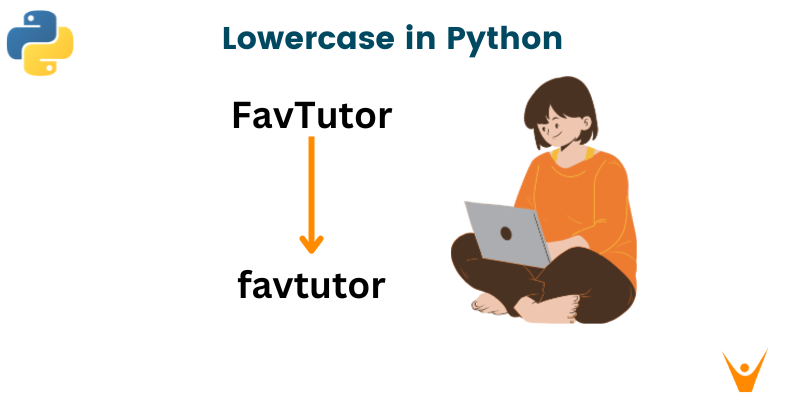If you're a Python programmer, you've likely encountered the need to manipulate strings in various ways. One common string operation is converting text to lowercase. In this article, we will delve deep into the topic of Python lowercase, covering everything from basic string manipulation to more advanced techniques.
Understanding Python Strings
Before we dive into the specifics of converting text to lowercase in Python, let's start with some fundamental concepts. In Python, a string is a sequence of characters, and it can be enclosed in single, double, or triple quotes. For example:
my_string = "Hello, World!"
Now, let's explore various methods to convert text to lowercase in Python.
Method 1: Using the lower() Method
The most straightforward way to convert a string to lowercase in Python is by using the built-in lower() method. This method is available for all string objects and returns a new string with all the characters converted to lowercase. Here's an example:
original_text = "Hello, World" lowercased_text = original_text.lower() print(lowercased_text)
Output:
Hello, World
The lower() method is simple and efficient, making it the preferred choice for most cases.
Method 2: Using List Comprehension
If you need to convert individual words or elements in a list to lowercase, you can use list comprehension. This method is handy when you have a list of strings and want to lowercase each element. Here's an example:
original_list = ["Apple", "Banana", "Cherry"] lowercased_list = [word.lower() for word in original_list] print(lowercased_list)
Output:
["Apple", "Banana", "Cherry"]
List comprehensions provide a concise way to perform the operation on multiple elements simultaneously.
Method 3: Using a Loop
Another way to convert elements in a list to lowercase is by using a loop. While this approach is less concise than list comprehensions, it can be more suitable for complex cases where you need additional logic. Here's an example using a for loop:
original_list = ["Apple", "Banana", "Cherry"] lowercased_list = [] for word in original_list: lowercased_list.append(word.lower()) print(lowercased_list)
Output:
["Apple", "Banana", "Cherry"]
This method allows for more customization if you need to apply additional transformations to the elements.
Advanced Techniques
Now that we've covered the basic methods for converting text to lowercase, let's explore some advanced techniques and answer the remaining queries.
How to Convert Lowercase to Uppercase Without Using String Functions
To convert a lowercase string to uppercase without using string functions like upper(), you can utilize the ord() and chr() functions along with some basic arithmetic.
Here's a custom function to achieve this:
def custom_uppercase(text): uppercase_text = "" for char in text: if 'a' <= char <= 'z': # Convert lowercase letter to uppercase using ASCII values uppercase_char = chr(ord(char) - 32) uppercase_text += uppercase_char else: uppercase_text += char return uppercase_text lowercase_text = "hello, world!" uppercase_text = custom_uppercase(lowercase_text) print(uppercase_text)
Output:
HELLO, WORLD!
In this function, we iterate through each character in the input string, check if it's a lowercase letter (between 'a' and 'z' in ASCII), and then convert it to uppercase by subtracting 32 from its ASCII value.
Python Lowercase Example
Let's illustrate the use of Python lowercase with a practical example. Suppose you have a list of file names, and you want to ensure that all file extensions are in lowercase. You can achieve this using a combination of the os module and string manipulation:
import os file_names = ["Document.txt", "Image.JPG", "Data.CSV"] for index, file_name in enumerate(file_names): base_name, extension = os.path.splitext(file_name) # Convert the extension to lowercase and rebuild the file name new_file_name = f"{base_name}{extension.lower()}" file_names[index] = new_file_name print(file_names)
Output:
["Document.txt", "Image.jpg", "Data.csv"]
How Do You Make Items in a List Lowercase in Python?
As demonstrated earlier, you can make items in list lowercase by using list comprehension or a loop. You are free to choose any that suits your coding style - both will output the same result, with similar time complexity.
Conclusion
We've explored various methods for converting text to lowercase in Python. We've covered basic techniques like using the lower() method, list comprehension, and loops. Additionally, we've delved into advanced techniques such as converting lowercase to uppercase without string functions and provided practical examples of Python lowercase in action.
Whether you need to process strings or manipulate lists of text data, understanding how to work with lowercase text in Python is a fundamental skill that will serve you well in your programming journey.








